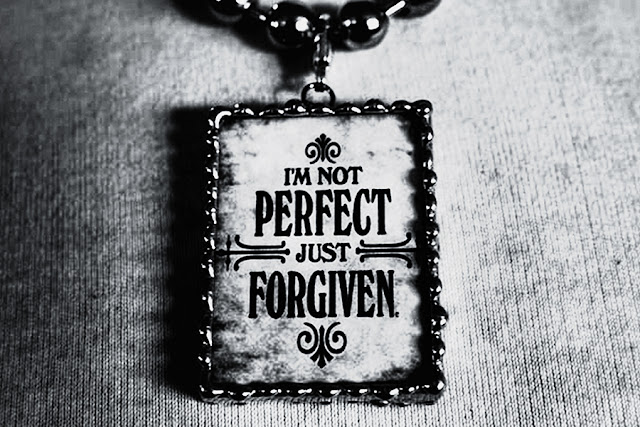domingo, 22 de abril de 2012
terça-feira, 7 de fevereiro de 2012
Nikon D800
Released in 2008 the D700 was Nikon's first enthusiast-oriented full-frame DSLR. The D3, Nikon's company's first ever full-frame DSLR, set new standards for speed and low light image quality when it was released in 2007 and the D700 combined the D3's versatile 12.1MP FX format sensor and 51-point AF system in a smaller body at a lower price.
Products don't exist in a vacuum though, and in the same timeframe, Canon launched the 21MP EOS1-Ds Mark III and 5D Mark II - both full-frame, and in the case of the enthusiast-oriented 5D II, able to shoot video as well as stills. Nikon retook the baton for highest resolution with the 24MP D3X towards the end of 2008, but at a list price of $8000 it was (and remains) firmly out of reach for the majority of non-professional photographers.
Since then, Nikon has refreshed its professional lineup with the more versatile D3S, which has been followed by the significantly improved 16MP D4. It has upgraded the D300 to the video-equipped D300S and introduced the feature-rich 16MP D7000. As 2011 gave way to 2012, the new functionality introduced by all these models - with video becoming increasingly important - was starting to leave the D700 looking a little long in the tooth.
But now the waiting is over - the D800 will go on sale in March for $3000, roughly half the price of the 16MP D4 but at 36.3MP eclipsing the more expensive camera in terms of output size and comfortably leapfrogging Nikon's flagship, the 24MP D3X, too.
Apart from their sensors, the D800 and D4 are very similar. Although the D800 offers a much slower maximum framerate at full resolution (4fps, compared to 11fps in the D4) and lacks some of the pro-oriented 'frills' like built-in Ethernet connectivity, it shares the same revamped 51-point AF system, effective down to -2EV, the same processing engine and almost exactly the same highly advanced video mode.
For more than three years Nikon has watched as Canon cornered the enthusiast DSLR video market with the EOS 5D Mark II, but with the D800 it is clearly hoping to advance into this territory and capture some much-needed (and increasingly valuable) ground.
Broad appeal
Whereas the D4 is intended as a specialist tool for capturing images quickly in all weathers and light conditions, the D800 has been designed to have a much broader potential appeal. The features that it lacks compared to the D4, such as ultra-high ISO shooting, very fast framerates, QXD card compatibility, 2000+ image battery life and built-in Ethernet, might matter to some professionals but are unlikely to be deal-breakers for most of us.Naturally, there are a huge number of professionals to whom these omissions won't matter either - wedding and event photographers for example, or those who work primarily in a studio. To these people, resolution at low ISO sensitivities is probably of more pressing importance than speed or high ISO performance. To them, at less than half of the price of a D3X, the 36.3MP D800 should be a very exciting prospect indeed.
And let's not forget videographers. The D4 is Nikon's most advanced video-enabled DSLR, but it's a heck of a lot of camera, and if you're primarily focussed on video shooting, a large portion of the $6000 asking price goes towards functionality that you mght not need. The D800 offers almost exactly the same video specification in a smaller, lighter, and significantly less expensive body, making it potentially much more attractive as either a primary or 'B' video camera on a low-budget shoot.
Compared to D700: Specification highlights
- 36.3MP CMOS sensor (compared to 12.1MP)
- 15.3MP DX-format capture mode (compared to 5MP)
- 51-point AF system with 15 cross-type sensors, rated to -2EV* (compared to -1EV)
- ISO 100-6400 extendable to ISO 25,600 equiv (compared to ISO 200-6400, extendable to ISO 25,600)
- 1080p video at 30, 25 or 24 frames per second, up to 24Mbps, with uncompressed HDMI output and audio monitoring options*
- 3.2", 921,000 dot LCD with anti-fog layer* (compared to 3in, 921k-dot)
- Maximum 4fps continuous shooting in FX mode, 6fps in DX mode** (compared to 8fps in FX mode)
- Advanced Scene Recognition System with 91,000 pixel metering sensor* (compared to 1005-pixel)
- 'Expeed 3' Image Processing*
- Dual-axis Virtual Horizon (on LCD screen/viewfinder)* (compared to single-axis)
* Same or almost identical to Nikon D4
** Maximum frame rate in DX mode is dependant on power source
** Maximum frame rate in DX mode is dependant on power source
in DPreview.com
Publicada por
Nuno C.
Etiquetas:
News
domingo, 5 de fevereiro de 2012
Subscrever:
Mensagens (Atom)








